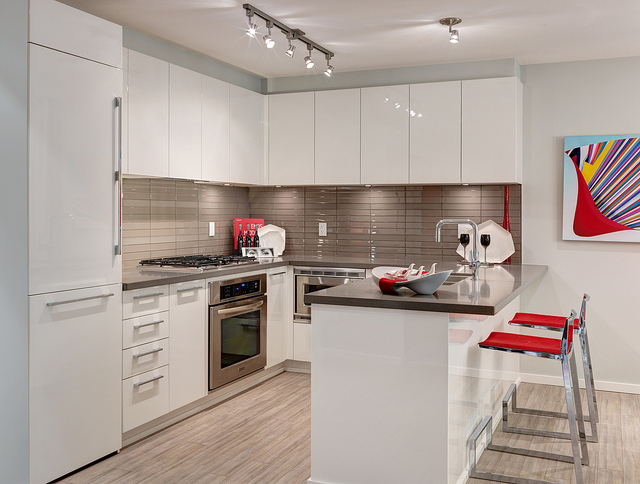2 Ways to Increase Energy Efficiency by Weatherizing Your Home
We all know that the best way to dress for cool, damp and windy days is to layer on the clothing, right? In addition to wearing a shirt and sweater, most of us add a windbreaker to help keep away drafts. Even if temperatures don’t drop into the frigid zone, it’s a smart way to protect against chills.
The same is true for your home. If your energy bills soar when autumn gives way to the cold and wind of winter, why not consider adding some extra layers of protection? With simple, low-cost weatherizing home fixes, you’ll not only boost your comfort quotient, but almost certainly save money. You’ll also be doing your share for the environment by reducing your energy use.
This is particularly true in Boston’s brownstones and triple deckers. These historic buildings are beautiful, but if the weatherization hasn’t been updated in a while, then you could be using a lot more energy than necessary.
Air Leaks and Inadequate Insulation May Be Costing You
In older buildings like brownstones and triple deckers, there are lots of places that air can be escaping if the weatherization hasn’t been updated in a while. Be sure to check all of the following:
- Check the weatherstripping around windows and exterior doors. Replace it if necessary.
- Caulk and seal around any plumbing pipes, water lines, ductwork or electrical conduit that penetrates, walls, ceilings or floors.
- Insulate heating and water lines in a basement or under sinks, especially if they’re on the north or east side of the house.
- If you feel drafts near light switches or receptacles, remove the plates and install foam pads behind them.
- Make certain your interior wood trim has no visible gaps; repair or seal trim work as needed.
- Check kitchen and bath exhaust fans for proper function. You don’t want to hear rattles or wind whistles.
- Keep your dryer vent and hose clean, unblocked and working well. Replace your furnace filter for efficiency’s sake.
- If you have single-pane windows and no storm windows, even modern window film will help alleviate drafts and keep warm air in. Hang thermal drapes for an extra layer of warmth.
- Repair plaster cracks on interior walls and do some detective work to find other gaps and air leaks.
Next up is your insulation. In older Boston homes, unfortunately, wall insulation may not be up to modern standards. In attic spaces, loose insulation might have settled, or there may be none under the eaves. Batt insulation can be added easily, even though it might not be a DIY project. If the wall cavities of your historic home are currently filled only with insulating sheets of old newspaper, investigate modern ways to blow in fiberglass, cellulose or cotton insulation.
Replacement Windows and Doors Can Save Big
In older homes around Boston, windows can be a huge source of heat and energy loss—and modernized windows can remedy that. According to the EPA, American homes on average can save $126 to $456 per year replacing dated single-pane windows, and $27 to $111 replacing double paned windows. If your brownstone or triple decker has older windows, particularly single paned windows, then it’s time for an upgrade!
The same is true for doors, though to a lesser extent. Older doors can let heat out in the winter if they’re not well insulated whereas replacing your entry doors with modern, insulated versions can help you cut heating costs.
With this, also be sure to insulate properly around windows and doors. Frames are a likely spot for air leaks, so it’s worth taking moldings down and filling any voids that you find with insulation.
Consider a Professional Energy Audit
A self-assessment of your home will really help in finding air leaks and inefficiencies—but if you want to maximize energy efficiency, then consider a professional home energy audit. An auditor will be able to come in using devices like infrared cameras and blower doors to do a room-by-room assessment of your home and pinpoint inefficiencies.
Once again, our NEBS team can answer your questions and offer advice, and we’ll be only too happy to help you find ways that go easy on your budget! The good news is that upping the R-value of your insulation adds value to your home as well. Finally, if you’re building new or planning an addition or renovation project, talk with your contractor about the importance of sealing, weatherizing, R-value and energy efficiency. It’s as smart a move for keeping cool in the summer as it is for staying warm in the winter.

